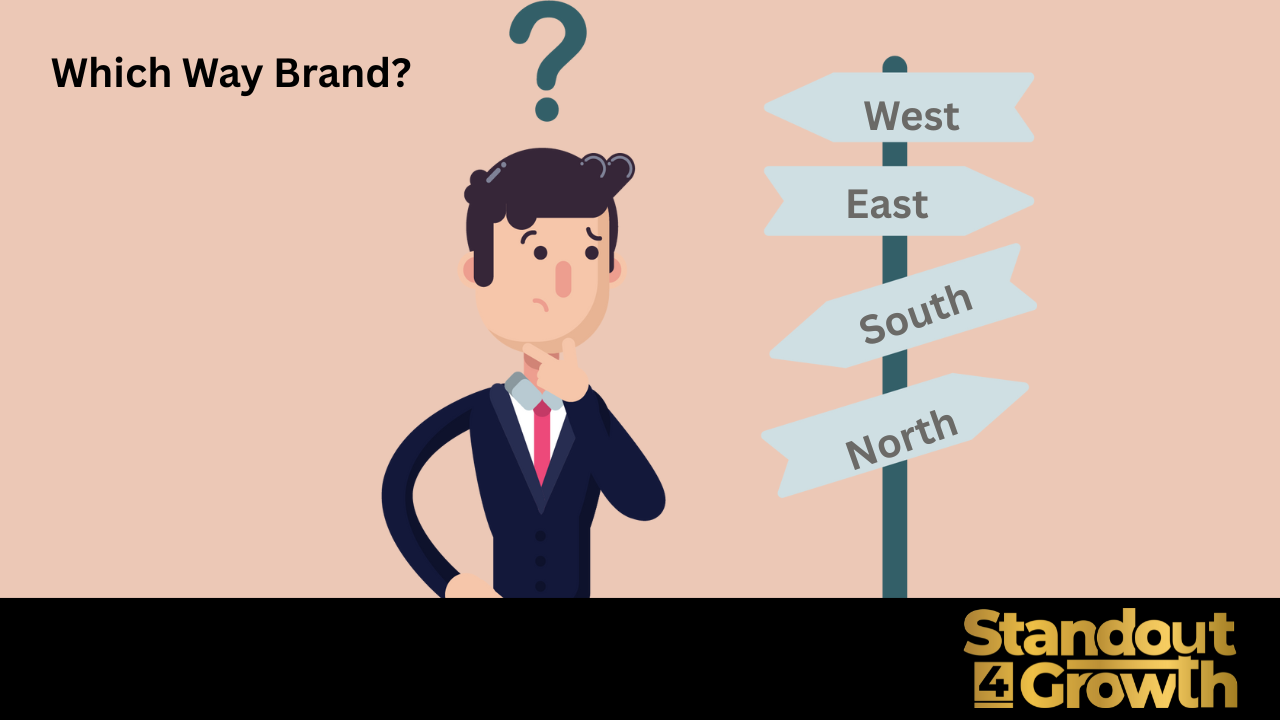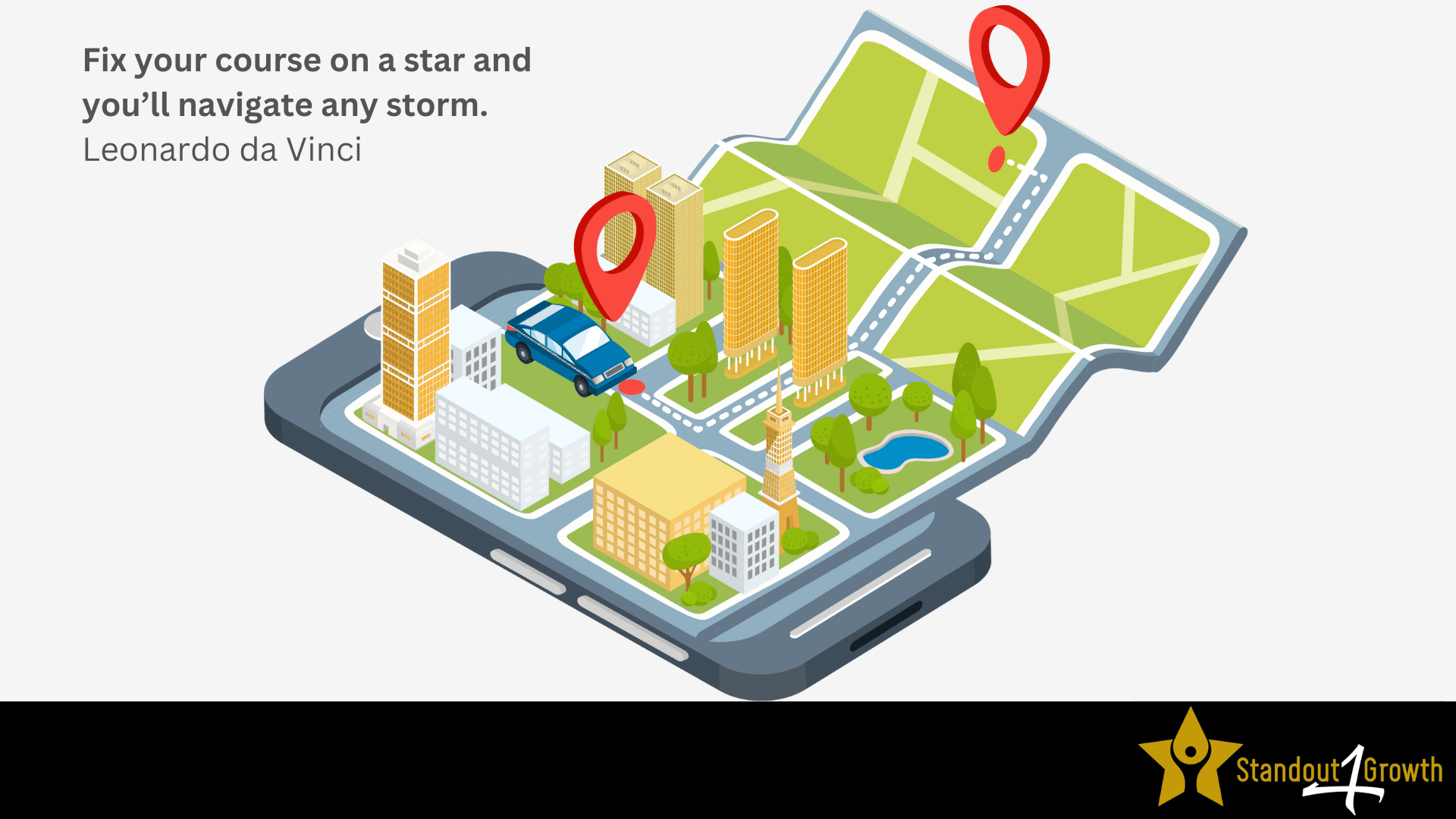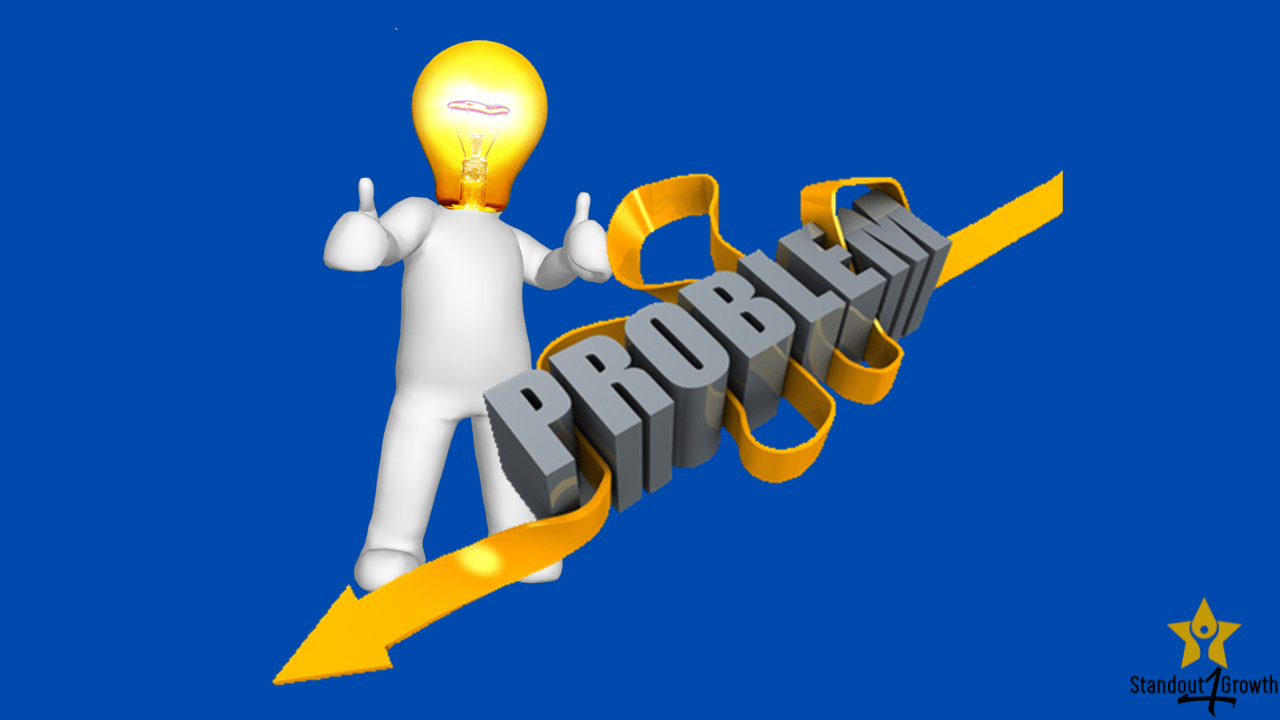
Exploring the Different Faces of Personal Branding
Having engaged with professionals across different age groups, it has become clear that the intentions behind building a personal brand

I grew up in a country where people drive on the right side of the road. So naturally, when I visited a country where the driving is on the left, I found myself instinctively looking the wrong way when crossing the street. It wasn’t a conscious choice — it was muscle memory, embedded from years of doing it the “right” way… only now, it was wrong. In a busy intersection, that one habitual glance in the wrong direction could have led to disaster.
This experience made me think about personal branding — and how many of us are operating on auto-pilot, using branding habits and strategies we’ve picked up from our environments, industries, or social media echo chambers… without stopping to ask: Is this actually working for me?
Just like looking the wrong way on a foreign street, some of the things we do in the name of building visibility or influence can put our credibility — and long-term growth — at risk.
Here are a few of those conditioned habits that many career professionals may have picked up, and why we need to challenge them.
Chasing clicks and viral moments creates a dangerous addiction to dopamine hits disguised as progress. When we prioritize sensational headlines over substantive content, we train our audience to expect spectacle rather than insight. But attention isn’t the same as impact.
When your personal brand becomes a performance for applause, it can lose its grounding. You might find yourself saying things that get you noticed but don’t reflect your values, your expertise, or your goals. Over time, you become known for riding trends rather than contributing original thinking.
A better approach: Measure your brand by resonance, not reach. Are you attracting the right people? Are you creating trust, not just visibility? Are you proud of what you’re sharing — even if it doesn’t go viral?
You can do this by developing signature content that only you can create. Instead of asking “Will this get likes?”, ask “Will this still matter to my audience in six months?” Depth always outlasts noise. That’s what builds long-term equity.
The myth of the “always-on” professional has created a generation of burned-out experts maintaining robotic posting schedules. We’ve confused consistency with relentless output, mistaking fatigue for dedication. But audiences can sense when you’re creating from obligation rather than inspiration. The paradox? Strategic silence often speaks louder than forced content.
A better approach: Focus on fewer, higher-impact contributions, and allow space for reflection between them—your ideas gain room to breathe and resonate more deeply.
It’s easy to slip into the habit of creating content just to keep up — jumping on trends, posting at optimal times, repurposing what’s already popular. But if you’re not speaking to the people you actually want to connect with — your peers, industry leaders, mentors, or future collaborators — then you’re not building a brand, you’re building noise.
A better approach: Know who your brand is for. Speak to real problems, real questions, and real experiences that matter to your audience. Great personal brands serve, not just perform.
Many professionals have grown up in environments that reward perfection and credentials. So they wait — until they’ve reached a senior position, gained more expertise, or feel 100% confident — before building their brand. But by then, years of opportunity have passed, and others (less experienced, but more visible) have taken up the space.
A better approach: Start where you are, with what you know. You don’t have to be the expert — just a voice of value. Share what you’re learning. Reflect on your journey. Speak with humility, not authority — and you’ll still build influence.
Many of us have been taught that talking about ourselves is bragging — especially in cultures or workplaces where humility is prized. So we shrink back. We don’t share our stories, wins, or lessons because we fear seeming boastful or self-centered.
But personal branding isn’t self-promotion for ego’s sake. It’s self-expression for impact’s sake.
A better approach: Reframe branding as a way to share value, not just visibility. When you express what you care about — your values, your growth, your perspective — you give others permission to do the same. And that’s how trust and community are built.
Sometimes, the biggest danger isn’t in what we’re doing — it’s in what we’re not noticing we’re doing. Just like looking the wrong way before crossing a street in a new country, our default habits — shaped by past environments — can steer us into the wrong direction when it comes to our personal brand.
So pause. Look both ways. Ask yourself:
The road rules may have changed — but the power to navigate them with intention is entirely yours.
Look out for the invisible habits in your life that need breaking and #standout4growth.
Looking to get started on your Personal Branding Journey? Click here to join the Personal Branding Coaching Programs for Aspiring Professionals just like you
You can also check out our self paced on-demand course on Udemy and get learning

Having engaged with professionals across different age groups, it has become clear that the intentions behind building a personal brand

If you have ever received directions from someone other than Google Maps, you know the frustration of getting lost just

Marketing is the core of every business for several reasons: it introduces your products and services to potential customers, helps